



The United States Patent & Trademark Office ("US-PTO") grants U.S. patents to fulfill the mandate of Article I, Section 8, Clause 8, of the U.S. Constitution to
"promote the Progress of Science and useful Arts, by securing for limited Times to Authors and Inventors the exclusive Right to their respective Writings and Discoveries."
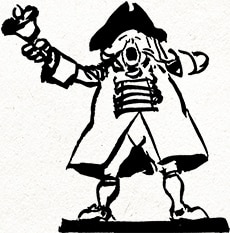
Under U.S. law (35 U.S.C.§101 Inventions patentable)
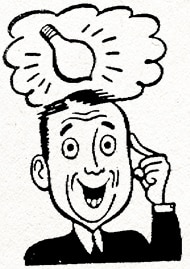
“Whoever invents or discovers any new and useful process, machine, manufacture, or composition of matter, or any new and useful improvement thereof, may obtain a patent therefor.”
The US-PTO says to qualify for a patent, an invention must be:
In practice, the new part can be straightforward by adding new features (a different color, material, or structure) or by combining unrelated things (like a shoe and a phone). Making something new, by itself, is not enough for a patent.
The useful part can also be straightforward since, for one thing, people engaged in inventing typically have a real-world problem in mind. Being useful is part of the territory. But even if an inventor does not have a specific problem in mind, it's not that hard to come up with a use. There's an old patent lawyer joke about chemical inventions "Put it on a plant. If it grows, it's fertilizer. If it dies, it's weed killer" (note: no plants were harmed in the making of this web site).
So even something both new and useful, without more, is not enough for a patent. So, proving "not obvious" is where the real action is when seeking a United States patent. "Not obvious" of an invention can be argued and proved with objective evidence, things like:
There's also a requirement that the drawings and text of the application must provide a clear description of how to make and use the invention. It's complicated, and that's where a patent attorney comes in:
In the United States, there are three kinds of patents (1) utility, (2) design, and (3) plant*** . Outside the U.S., utility and design patents are also available, but the requirements and exact nature vary by country.
***I don’t do plant patent applications.
It’s important to keep your invention confidential!
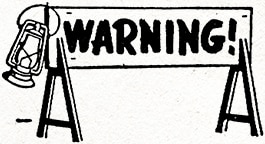
In the U.S. you must file your patent application within one year of any public use, sale, or disclosure of your invention, otherwise the right to obtain a U.S. patent can be permanently lost.
In other words, in the U.S., once you sell or publicly use your invention, you must file your U.S. patent application within one year.
In foreign countries, there is no one-year grace period, and so you must file your patent application in most foreign countries before any public sale, use, or disclosure of your invention.
Utility patents can cover tangible things (like a mousetrap or light bulb), methods (like treating food with UV light), and often a combination of both.
In practice, utility patents can be broadly classified by subject matter as (a) electrical, (b) mechanical, or (c) chemical/pharmaceutical. A particular invention may include aspects of all three (a)-(c)**.
**I’m an electrical engineer so my practice is mainly (a) electrical and (b) mechanical inventions.
Here’s some examples of utility patents:
a mechanical patent
U.S. Pat. No. 528,671
“ANIMAL TRAP”
to W.C. Hooker
a better mousetrap
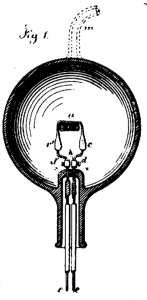
an electrical patent
U.S. Pat. No. 223,898
“Electric-Lamp”
to Thomas Edison
the incandescent light bulb
a pharmaceutical patent
U.S. Pat. No. 1,680,818
Antirachitic Product and Process
to Harry Steenbock
the cure for rickets
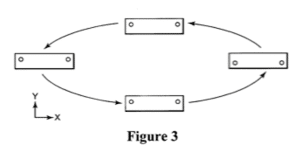
a method patent
U.S. Pat. No. 6,368,227
“METHOD OF SWINGING ON A SWING”
issued to the child of a patent lawyer, later invalidated through reexamination
Design patents cover the ornamental appearance of a useful object, in contrast to utility patents which cover function (not appearance).
Here’s some examples of design patents:
U.S. Design Patent No. 513,838
“SANDAL”
to Christian Birkenstock
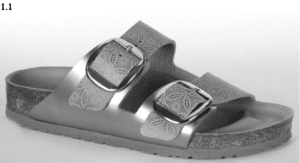
International Design Registration
No. DM/098 109
“Sandal”
to Birkenstock Sales Gmbh.
In practice, obtaining patent rights can be limited by the prior art, and by patent law which balances the rights of inventors and patent applicants with the rights of third parties such as consumers, the general public, and competitors. It’s complicated, and that’s where a patent attorney comes in:
In the United States, patents are granted using a process administered by the US-PTO. All utility patent applications contain a detailed text description with claims (“specification”) and accompanying drawings that is most of the work. A design patent application is simpler, being mainly drawings.
Both types of patent applications require certain formalities to complete the initial filing, the first inventor to file prevails over later inventors, and there can be deadlines due to the inventor’s own activities …
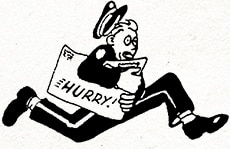
so, filing a patent application is “hurry up and wait” …
the initial filing is just the beginning
– it takes years to obtain a patent.
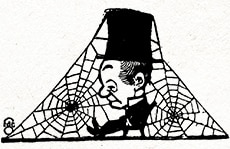
It should also be understood that success is by no means guaranteed.
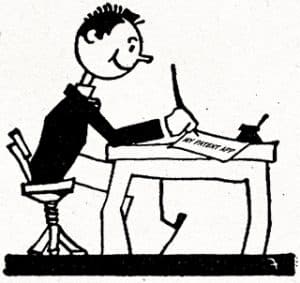
According to the US-PTO, not everyone is required to have a patent attorney or agent represent them when filing an application for a U.S. patent*.
But an experienced patent attorney* can make a big difference, and that’s where I come in:
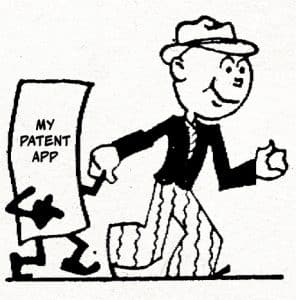
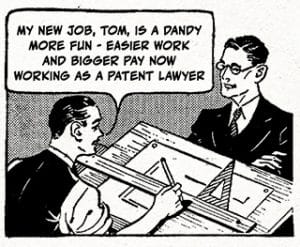
*Patent attorneys are separately licensed by the US-PTO, which requires (among other things) both a legal background and a technical background such as a degree in engineering.</p?
Patent rights are authorized for “limited Times” in the U.S. Constitution … they don’t last forever.
Utility patents in the U.S. require maintenance fee payments
at 4, 8 and 12 years
after the patent is granted
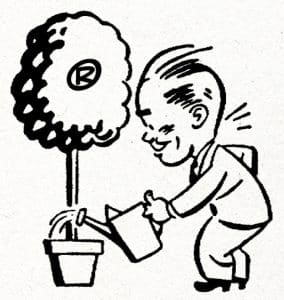
If all these maintenance payments are made, then a U.S. utility patent can last 20 years from the date the application was filed. But if any of these payments are not paid, the patent rights can lapse permanently. Foreign patents also require maintenance, and. if not paid the foreign patent rights can lapse prematurely.
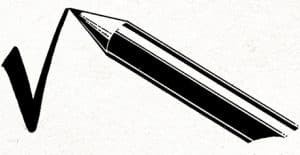
Design patents in the U.S. last 15 years from the date the application was filed, and do not require any periodic maintenance.
Patent rights need long term vigilance in at least three areas.
articles covered by the patent
should be marked with
the patent number
U.S. Pat. No. 1,234,678
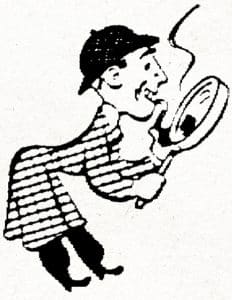
market surveillance can be used to monitor potential infringing products
and if someone is stealing your intellectual property, that’s where a patent attorney comes in.
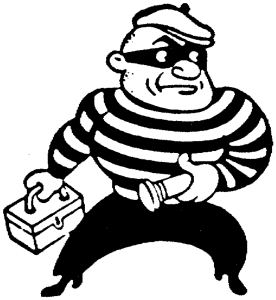
As your patent attorney, my goal is to effectively complete the patent process before your new invention hits the marketplace to ensure you receive the exclusive right to sell your invention. I can accurately prepare and file your application with the USPTO and any international entity governing the use of your invention. If any conflicts arise throughout the patent process for your invention, such as objections or office actions against your application I will provide expert counsel on the best way to proceed.
Once your patent application has been accepted, you can begin expanded production and marketing efforts of your invention. I have experience negotiating an array of domestic and international business matters and I can provide continued legal counsel for your manufacturing, distribution, or licensing contract needs.
The clients I represent in patent law matters range from small businesses with unique inventions to high-tech companies with extensive research and development departments. If you are looking to grow your business, it is important to ensure your intellectual property is protected. My patent services range from simply filing for a patent to maintaining your patent rights and defending against infringement.
With real-world experience and numerous successfully filed patents, I am adept at navigating the United States Patent and Trademark Office (USPTO) processes and procedures. Additionally, I have extensive experience in international business law and provide patent services to companies that market their inventions overseas. Having pursued international patent filings in nearly every continent, I understand how to navigate different rules and regulations set forth by each country.
When you need someone with real-world experience combined with valuable legal skills for your intellectual property matters, I’m your guy. I will determine if you qualify for a patent, walk you through the entire patent process from start to finish and provide continued legal counsel to ensure your patent remains protected. To protect other types of intellectual property, I can also assist with trademark services.


© 2025 Rick Abegglen|Legal Disclaimer|Privacy Policy
Disclaimer: I am not able to take on all potential clients. Unless and until we sign a written engagement agreement, I am not your attorney and you should not consider me to be your attorney.